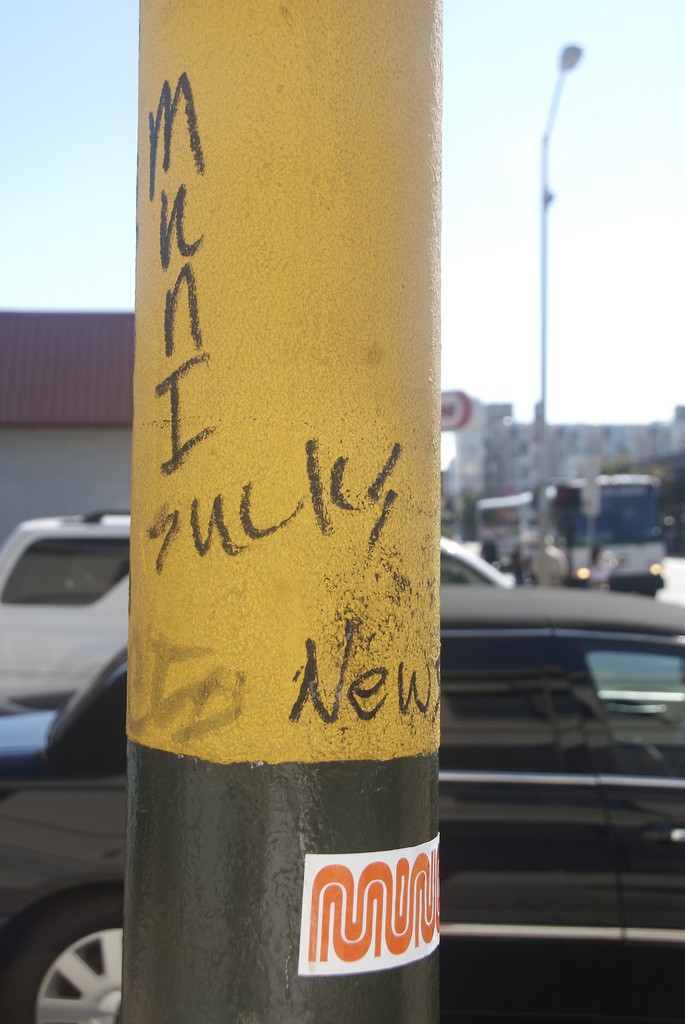I just finished reading Oliver Reichenstein’s fantastic piece, “Putting Thought Into Things”. It’s extremely, well, thought-provoking.
“Thinking is stressful. While stereotypes click together sweetly, thinking comes in bitter flavors. We recur to clichés rather than reflection, because they make us wise without listening, bright without reasoning, and smart without taking the risk of being imprecise, boring, annoying, wrong.”
Ouch. I have definitely done this, casually leveraging my experience and cliched tips in order to provide value without actually thinking through how valuable it is. Terrible habit.
“Listening is a masochist endeavor. To do it right you have to put everything down. Not just your phone, even pen and paper.”
I realize he’s being intentionally dramatic (sometimes you need a pen to note details), but I get the point. It’s too easily to, mentally or physically, prepare for your response or your solution or your protestation. Truly listening, internalizing what’s being said, empathizing – that’s a lot harder.
“The fog of boredom and emptiness when listening to people you don’t sympathize with can be a sign that they are boring, empty, or not making sense. It can also be a sign that you do not understand.”
Another one that hits too close to home. I can distinctly remember being bored with a conversation because I didn’t understand the point….then how quickly that boredom disappeared once I did.
“The ease of following protocol comes with the disappointment of running in circles. The bittersweet pain of progress comes hand in hand with the heartache of making mistakes.”
When was the last time you felt deeply satisfied from throwing something together, rather than thinking it through?
Thanks to Andrew Spittle for sharing this post originally!
